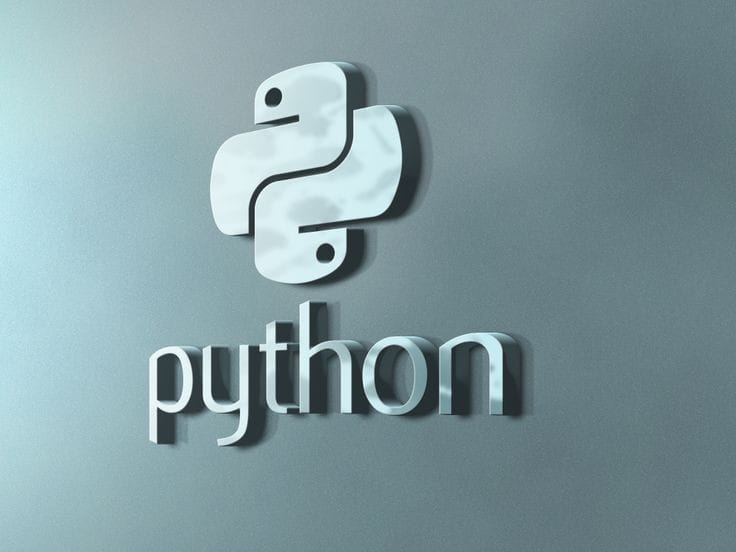History of Python
 Heeralal Kumar Heera
Heeralal Kumar Heera
Python is a widely used general-purpose, high-level programming language. It was initially designed by Guido van Rossum in 1991 and developed by Python Software Foundation. It was mainly developed for emphasis on code readability, and its syntax allows programmers to express concepts in fewer lines of code.
Who invented Python?
In the late 1980s, history was about to be written. It was that time when working on Python started. Soon after that, Guido Van Rossum began doing its application-based work in December of 1989 at Centrum Wiskunde & Informatica (CWI) which is situated in the Netherlands. It was started as a hobby project because he was looking for an interesting project to keep him occupied during Christmas.
The programming language in which Python is said to have succeeded is ABC Programming Language, which had interfacing with the Amoeba Operating System and had the feature of exception handling. He had already helped create ABC earlier in his career and had seen some issues with ABC but liked most of the features. After that what he did was very clever. He had taken the syntax of ABC, and some of its good features. It came with a lot of complaints too, so he fixed those issues completely and created a good scripting language that had removed all the flaws. The inspiration for the name came from the BBC’s TV Show – ‘Monty Python’s Flying Circus’, as he was a big fan of the TV show and also he wanted a short, unique and slightly mysterious name for his invention and hence he named it Python! He was the “Benevolent dictator for life” (BDFL) until he stepped down from the position as the leader on 12th July 2018. For quite some time he used to work for Google, but currently, he is working at Dropbox.
Evolution of Python
The language was finally released in 1991. When it was released, it used a lot fewer codes to express the concepts, when we compare it with Java, C++ & C. Its design philosophy was quite good too. Its main objective is to provide code readability and advanced developer productivity. When it was released, it had more than enough capability to provide classes with inheritance, several core data types of exception handling and functions.
Following are the illustrations of different versions of Python along with the timeline.
Download & Install Python
Subscribe to my newsletter
Read articles from Heeralal Kumar Heera directly inside your inbox. Subscribe to the newsletter, and don't miss out.
Written by
